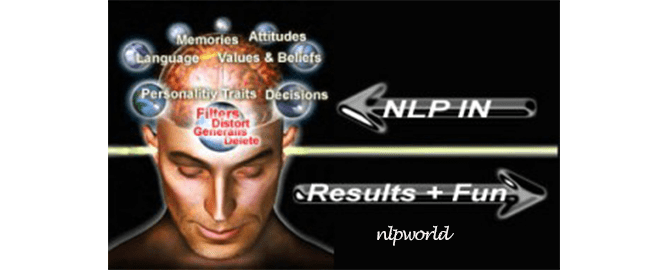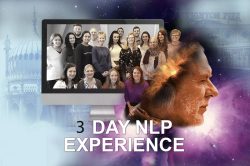Of course we have a huge variety of NLP techniques in the family of NLP, yet, as I’ve mentioned in previous blogs, the techniques are the least important part of how NLP really works: I’ve listed most of the NLP techniques below for reference, yet a good NLP Practitioner will have much more at their disposal than finding a manual or remembering a script parrot fashion.
The way we now train our delegates is to have enough awareness and subtlety to notice minute changes in the experience of the client, then be able to capture those experiences the moment they happen, gracefully and with precision. This deliberate precision enable the practitioner to traverse the depths of a person’s unconscious mind and be able to be a tour guide to the deeper processes that are holding old patterns, habits and memories together.
So why bother teaching nlp techniques at all then?

The purpose of the NLP techniques that we teach are to give a practitioner a back-drop to how to play with the inner world. The techniques are simply examples or ways of playing with the internal representations that give meaning to our realities. That’s why when some NLP trainers trade mark techniques, they are completely missing the point. It’s NEVER the technique that has caused a shift within another person, it’s ALWAYS the attitude, flexibility and INTENTION of the practitioner, coupled with a willing client.
Of course, the client has a HUGE part to play in change work; there’s an old joke (to some of you this is a VERY old joke), “how many practitioners does it take to change a light bulb?” The answer? ONE, but the light bulb has got to WANT to change! And yet, the excellent practitioner will still be motivating to the client to WANT to change, so the symbiosis is complete.
As time goes on, there should be more and more ways of using them, not a fixed regime. That’s why I prefer for the industry of NLP to stay unregulated, so it can stay in the realms of an art as well as a science.
Below are a list of possible ways we use to cause changes in the patterns that run our lives.
- The Swish Pattern
- Well Defined Outcomes
- Pacing & Matching
- Eliciting Subconscious Responses
- Pattern Interrupt
- State Induction
- Accessing Resourceful States
- The Kinesthetic Swish Pattern
- Anchoring
- Collapsing Anchors
- Perceptual Positions
- Parts Negotiation
- De-Identification Pattern
- Resolving Internal Conflicts
- Reframing
- Hierarchy Of Ideas (also called chunking)
- Perceptual Positions
- The Allergy Pattern
- The Phobia Cure Pattern
- Applying Logical Levels
- Sensory Acuity
- Chaining States
- Advanced Visual Squash
- Decision Destroyer
- Using Rep Systems
- Compulsion Blow-Out
- Meta-Model
- De-Nominalizing
- Circle Of Excellence
- Strategies/The Spelling Strategy
- Meta-Programs Identification
- Values
- New Behavior Generator
- Submodalities
- Conversational anchoring
- Time Based Techniques
- Time line therapy
- metaphors
- parts integration (visual squash)
- six step sales strategy
- predicates (visual, audio, tactile, self talk, olfactory, gustatory)
This is not an exhaustive list!
As you can see, NLP techniques can a flexible mix of all the above and hopefully, the most important part is the practitioner takes enough notice of you that the technique is perfectly aligned to you!




